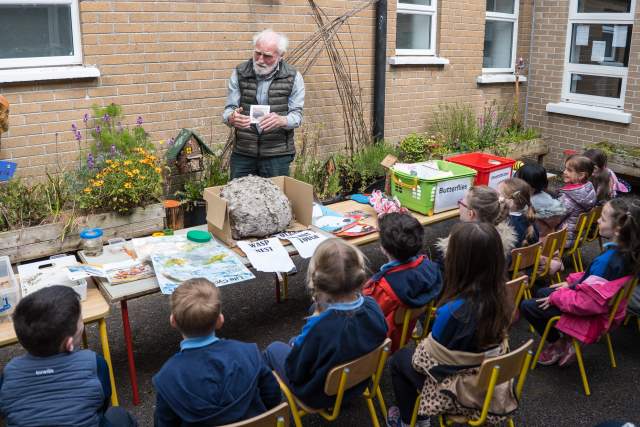Does your school want to help create a healthier, fairer, more environmentally sustainable society? Do you want to empower children and young people to do the same? Do you want to make your school more climate-friendly? If so, this guide is for you!
Read moreRead less
The guide is organised in four parts. Part 1 explains why you and your school should take on a whole-school approach to climate action. Part 2 outlines how your school can plan, put into practice, and evaluate your own strategies and visions for reducing climate change. Part 3 provides six guidelines that suggest how to concretely include climate action in your school governance, teaching and learning, campus and facility management, and partnerships with the community. The guidelines are accompanied by examples showing how schools around the world are taking action. At the end of the guide, in Part 4, you will find a table to help you monitor action in the thematic areas along the six guidelines.





